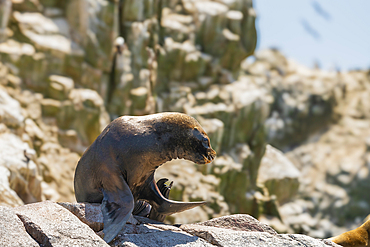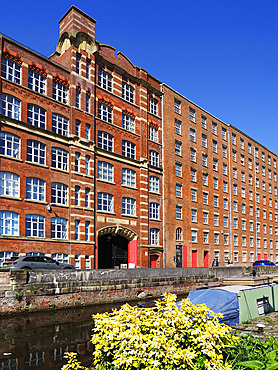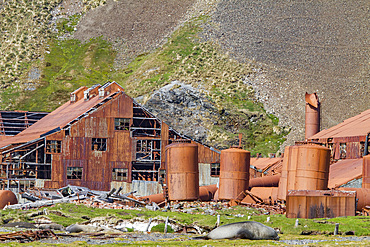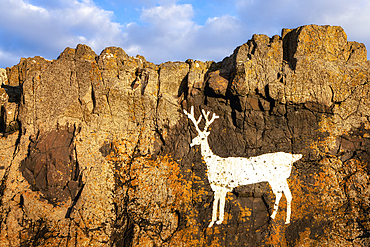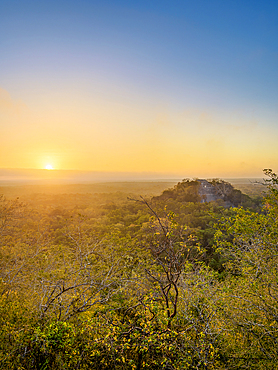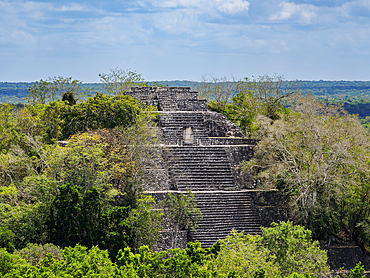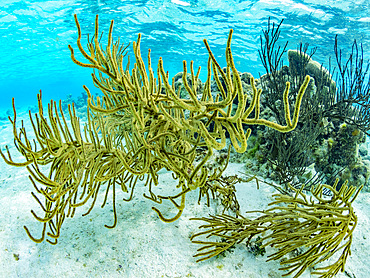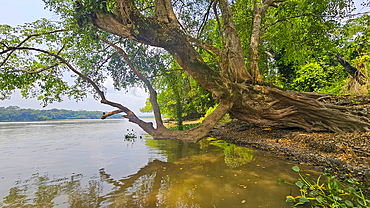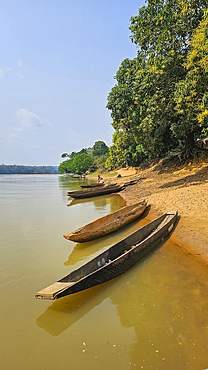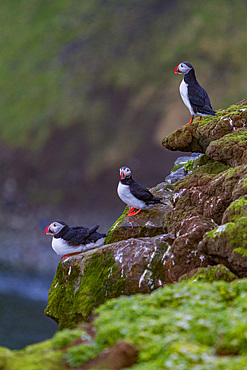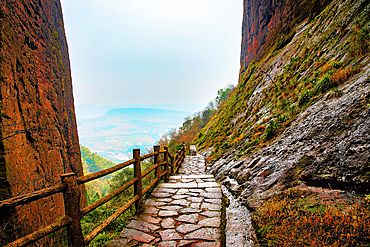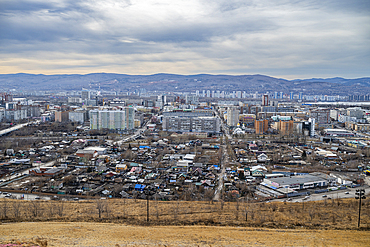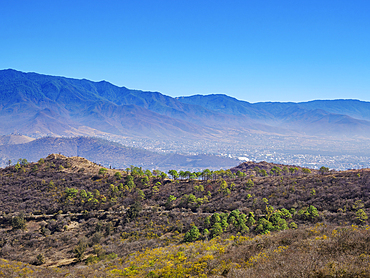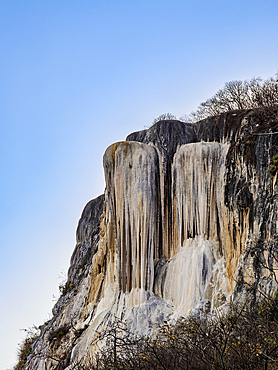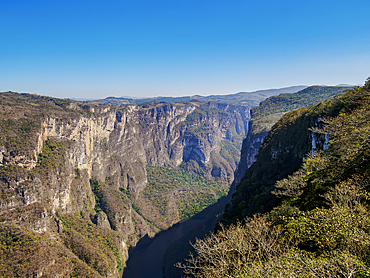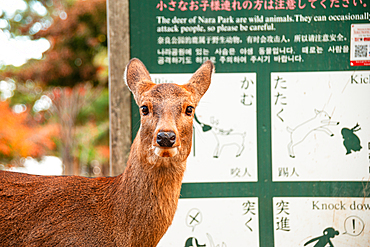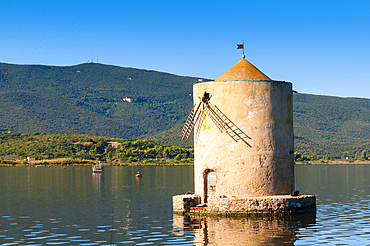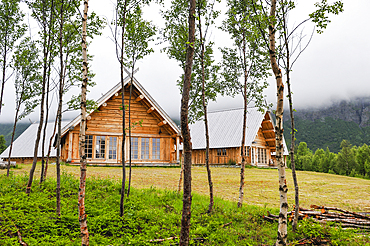Results
93 results found
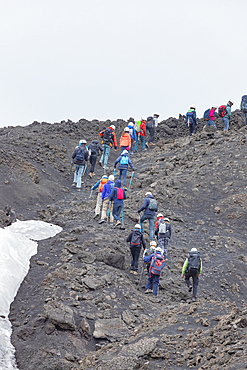
Group of hikers walking up to Mount Etna summit, UNESCO World Heritage Site, Etna, Sicily, Italy, Mediterranean, Europe
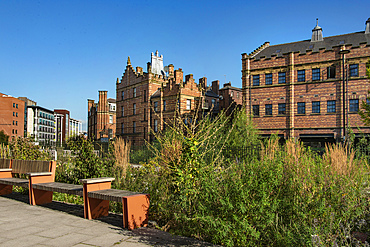
Wild planting, Grey to Green initiative, with Royal Exchange Buildings and Castle house behind, Castle Gate Quarter, Sheffield, Yorkshire, England
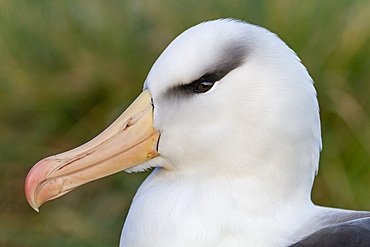
Adult black-browed albatross (Thalassarche melanophrys), close up at nesting site on West Point Island, Falklands, South America
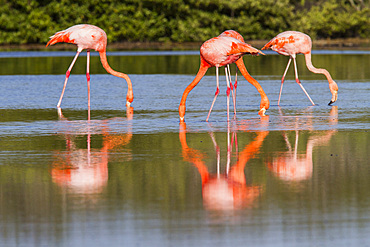
Greater flamingos (Phoenicopterus ruber) foraging for small pink shrimp in saltwater lagoon in the Galapagos Islands, UNESCO World Heritage Site, Ecuador, South America
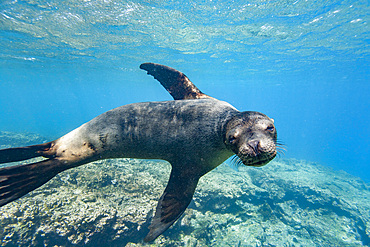
Young Galapagos sea lion (Zalophus wollebaeki) at play underwater in the Galapagos Island Archipelago, UNESCO World Heritage Site, Ecuador, South America

Guests from the Lindblad Expeditions ship National Geographic Sea Bird in Glacier Bay National Park, UNESCO World Heritage Site, Southeast Alaska, United States of America, North America
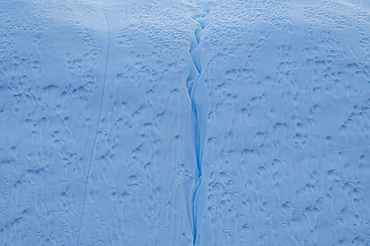
Floating icebergs, Ilulissat Icefjord, UNESCO World Heritage Site, Western Greenland, Denmark, Polar Regions

Floating icebergs, Ilulissat Icefjord, UNESCO World Heritage Site, Western Greenland, Denmark, Polar Regions
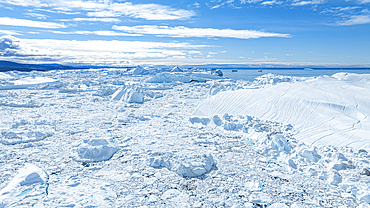
Aerial of the Ilulissat Icefjord, UNESCO World Heritage Site, Western Greenland, Denmark, Polar Regions

Forest rangers on patrol, Pan de Azucar, Vinales National Park, UNESCO World Heritage Site, Pinar del Rio, Cuba, West Indies, Caribbean, Central America
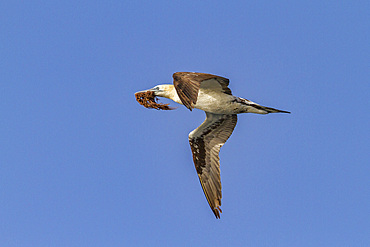
Young northern gannet (Morus bassanus) in flight near Ile des Oiseaux in the Parc National du Delta du Saloum, UNESCO World Heritage Site, Senegal, West Africa, Africa

El Misti volcano rising above the white city of Arequipa, UNESCO World Heritage Site, Arequipa, Peru, South America
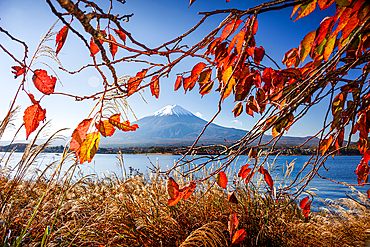
Mount Fuji San, UNESCO World Heritage Site, iconic volcano, with vibrant autumn foliage in front of a blue lake, Honshu, Japan, Asia
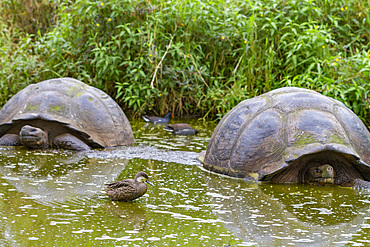
Galapagos white-cheeked pintail (Anas bahamensis galapagensis) feeding near giant tortoise in the Galapagos Islands, UNESCO World Heritage Site, Ecuador, South America
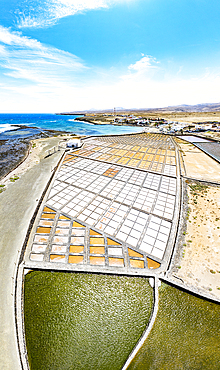
Panoramic aerial view of salt flats overlooking the ocean, Las Salinas Del Carmen, Fuerteventura, Canary Islands, Spain
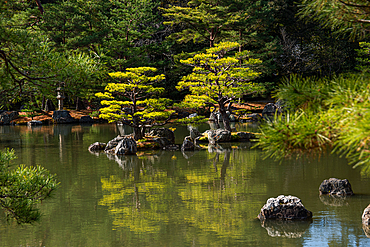
Japanese Zen garden lake Kinkaku-ji (Temple of the Golden Pavilion), UNESCO World Heritage Site, Kyoto, Honshu, Japan, Asia
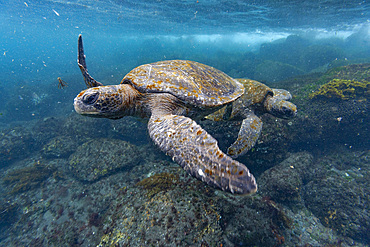
Adult green sea turtles (Chelonia mydas agassizii) underwater off the west side of Isabela, Galapagos Islands, UNESCO World Heritage Site, Ecuador, South America
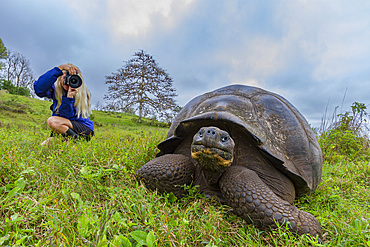
Tourist photographing a wild Galapagos giant tortoise (Geochelone elephantopus) feeding on the upslope grasslands of Santa Cruz Island, Galapagos, UNESCO World Heritage Site, Ecuador, South America
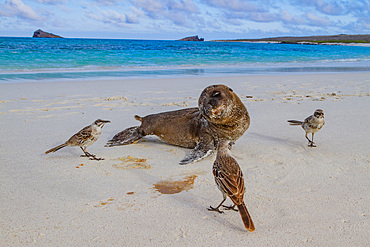
Galapagos sea lion (Zalophus wollebaeki) pup in the Galapagos Island Archipelago, UNESCO World Heritage Site, Ecuador, South America
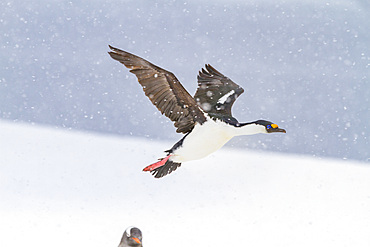
Antarctic shag (Phalacrocorax (atriceps) bransfieldensis) at nesting site amongst gentoo penguins at Jougla Point, Antarctica, Polar Regions
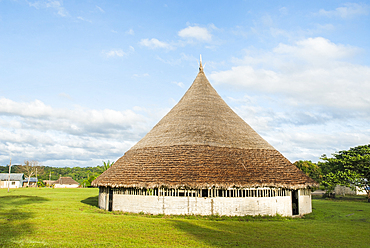
Common house of Surapire, Amerindian village on Caura river bank, Bolivarian Republic of Venezuela, South America
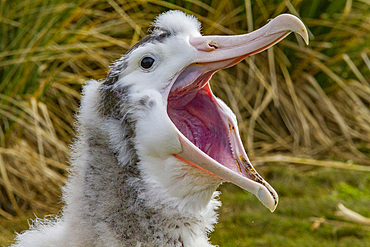
Wandering albatross (Diomedea exulans) chick at breeding colony on Prion Island, Bay of Isles, South Georgia
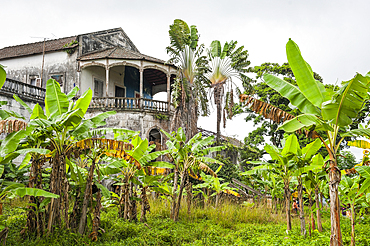
Former ruined hospital of the roca (plantation) Agua Ize, Sao Tome Island, Republic of Sao Tome and Principe, Africa
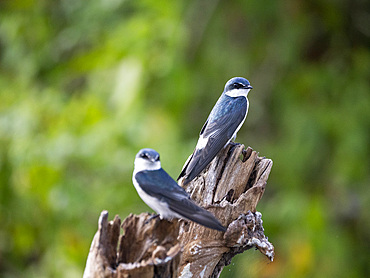
An adult mangrove swallow (Tachycineta albilinea), on New River near the Mesoamerican archaeological site of Lamanai, Belize
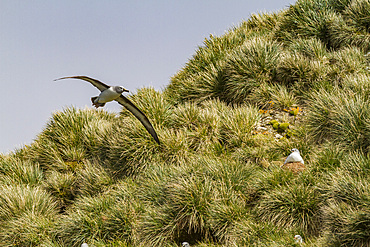
Adult Grey-headed Albatross (Thalassarche chrysostoma) in flight near nesting site at Elsehul, South Georgia
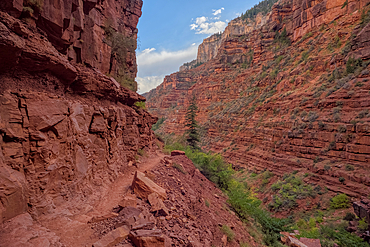
The sheer cliff of the Red Wall along the North Kaibab Trail, Grand Canyon North Rim, UNESCO, Arizona, United States of America
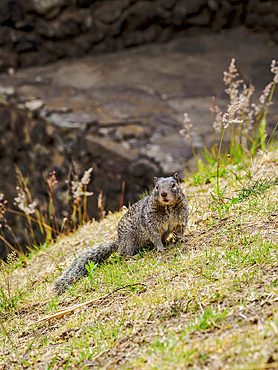
The rock squirrel (Otospermophilus variegatus) at The Great Pyramid Archaeological Site, Cholula, Puebla State, Mexico
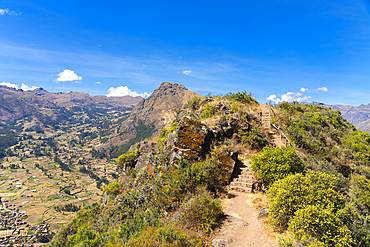
Trail at archaeological site of Pisaq (Pisac), UNESCO World Heritage Site, Pisaq, Sacred Valley, Urubamba Province, Cusco (Cuzco) Region, Peru, South America
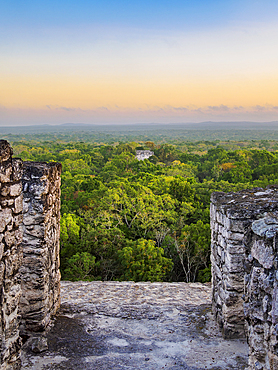
View over Structure II towards Structure VII at dawn, Calakmul Archaeological Site, Campeche State, Mexico

The north entrance of the historic Johnson Canyon Railroad Tunnel, Kaibab National Forest of Arizona, USA

Our Habitas AlUla, a sustainable desert luxury resort in an ancient oasis in the desert canyons of the Ashar Valley, Medina Province, Saudi Arabia
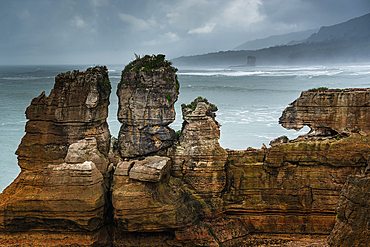
Twin Rock Formations at Pancake Rocks Against a Moody Sky in Punakaiki, Paparoa National Park, New Zealand
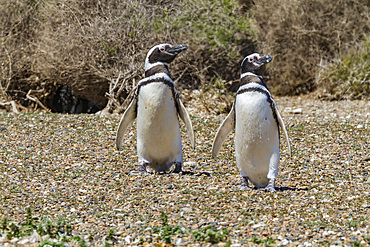
Magellanic penguins (Spheniscus magellanicus) at a breeding and molting site in Estancia San Lorenzo, Argentina
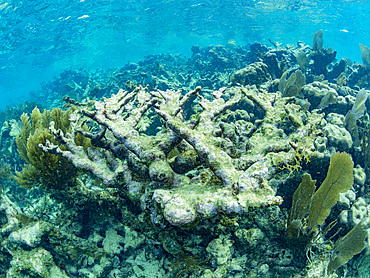
A myriad of fish and coral underwater at Hol Chan Marine Preserve, inside the Mesoamerican Barrier Reef, Belize
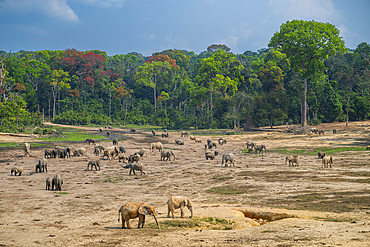
African forest elephant (Loxodonta cyclotis), Dzanga Bai, Dzanga Sangha National Park, UNESCO, Central African Republic
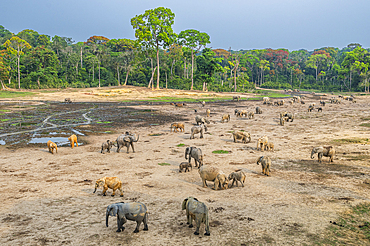
African forest elephant (Loxodonta cyclotis), Dzanga Bai, Dzanga Sangha National Park, UNESCO, Central African Republic
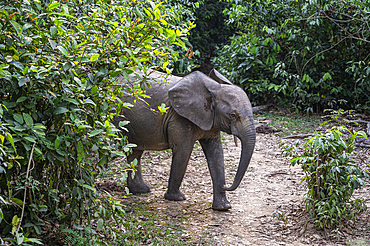
African forest elephant (Loxodonta cyclotis), Dzanga Bai, Dzanga Sangha National Park, UNESCO, Central African Republic
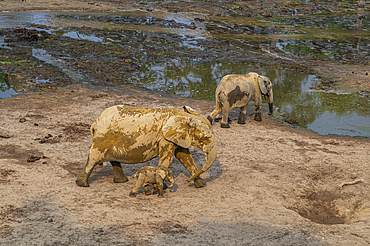
African forest elephant (Loxodonta cyclotis), Dzanga Bai, Dzanga Sangha National Park, UNESCO, Central African Republic
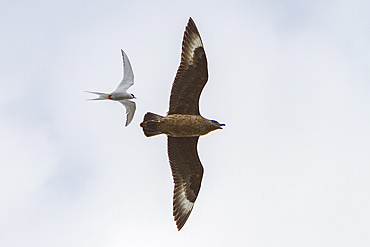
Adult great skua (Stercorarius skua) being harassed by Arctic terns (Sterna paradisaea) guarding their nest sites, Svalbard, Norway
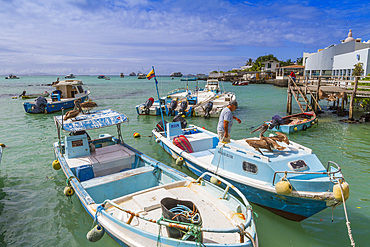
Scene of a fisherman on boat with pelicans in the port town of Puerto Ayora, Santa Cruz Island, Galapagos Islands, UNESCO World Heritage Site, Ecuador, South America

A mixture of Acropora species scleractinic hard corals, on a coral reef in Gaafu Dhaalu atoll, Maldives

A view of the island of Bartolome in the Galapagos Islands, UNESCO World Heritage Site, Ecuador, South America
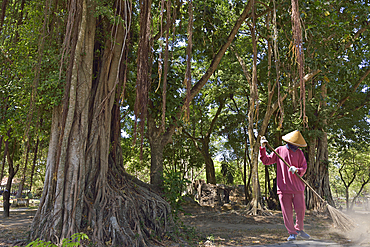
Sweeper at Prambanan Temple Compounds, UNESCO World Heritage Site, region of Yogyakarta, Java island, Indonesia, Southeast Asia, Asia
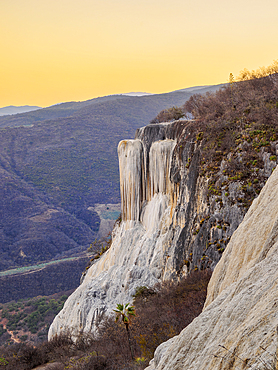
Petrified Waterfall at dusk, elevated view, Hierve el Agua, San Lorenzo Albarradas, Oaxaca State, Mexico
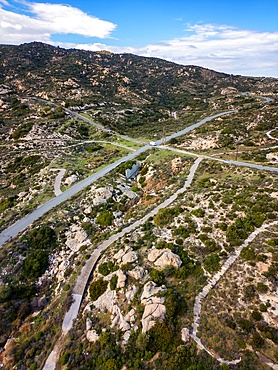
Drone aerial view of Kriaritsi project area with abandoned roads in the south of Greece, Sithonia, Chalkidiki, Greece
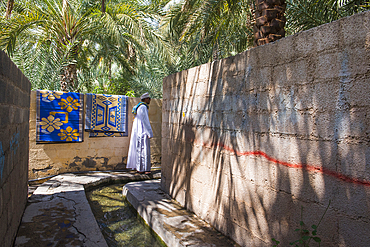
Irrigation canal, Falaj irrigation system (Falaj Al-Khatmeen), UNESCO, palm grove, Birkat Al Mouz, Al Dakhliya region, Jebel Akhdar foothills, Oman
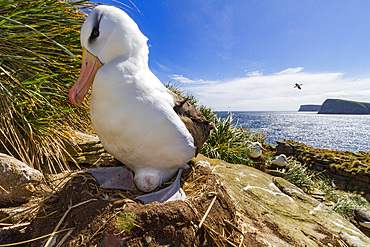
Black-browed albatross (Thalassarche melanophrys) breeding colony on Carcass Island in the Falkland Islands

Magellanic penguin (Spheniscus magellanicus) at a breeding and molting site in Estancia San Lorenzo, Argentina
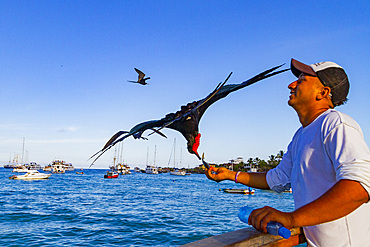
Great frigatebird (Fregata minor) taking handouts from a fisherman in Puerto Ayora on Santa Cruz Island, Galapagos, UNESCO World Heritage Site, Ecuador, South America

Scenic view of Leon Dormido (Sleeping Lion) Island off San Cristobal Island in the Galapagos Islands, UNESCO World Heritage Site, Ecuador, South America
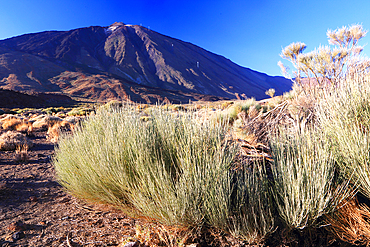
El Teide National Park, UNESCO World Heritage Site, Tenerife, Canary Islands, Spain, Atlantic, Europe
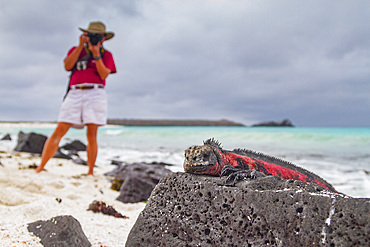
Tourist photographing an endemic Galapagos marine iguana (Amblyrhynchus cristatus) on Espanola Island in the Galapagos Islands, UNESCO World Heritage Site, Ecuador, South America
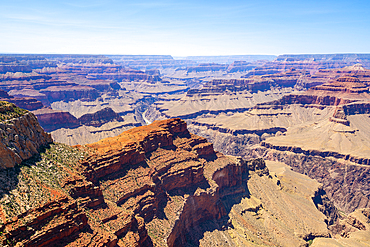
Grand Canyon, Hopi Point, Grand Canyon National Park, UNESCO World Heritage Site, Arizona, United States of America, North America

Oaxaca Ethnobotanical Garden by The Church and Convent of Santo Domingo de Guzman, Oaxaca de Juarez, Oaxaca State, Mexico

Lulin Lake in Lushan (Mount Lu), Jiujiang City, Jiangxi, China. Lushan is a UNESCO World Heritage site, it is one of China's most famous mountains known for its natural beauty.

Lulin Lake in Lushan (Mount Lu), Jiujiang City, Jiangxi, China. Lushan is a UNESCO World Heritage site, it is one of China's most famous mountains known for its natural beauty.
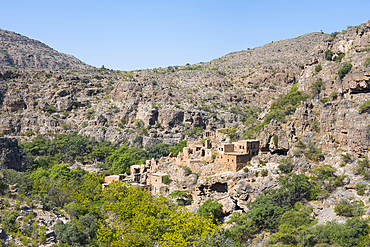
Old adobe village in ruins of Al Ain, perched villages of Jabal Al Akhdar (Green Mountains), Sayq Plateau, Sultanate of Oman, Arabian Peninsula
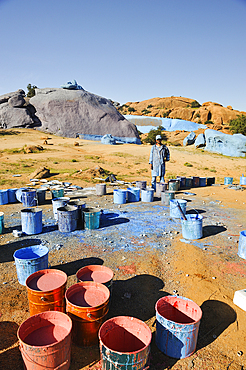
Painter working on Painted Rocks site, work of the Belgian artist Jean Verame, around Tafraout, Anti-Atlas, Morocco
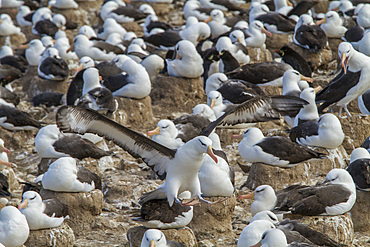
Black-browed albatross (Thalassarche melanophrys) breeding colony on Steeple Jason Island in the Falkland Islands
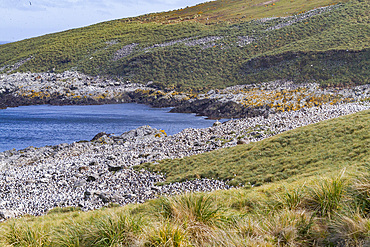
Black-browed albatross (Thalassarche melanophrys) breeding colony on Steeple Jason Island in the Falkland Islands
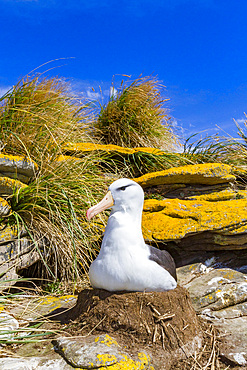
Black-browed albatross (Thalassarche melanophrys) breeding colony on Carcass Island in the Falkland Islands
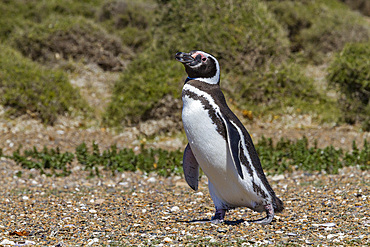
Magellanic penguin (Spheniscus magellanicus) at a breeding and molting site in Estancia San Lorenzo, Argentina

Continental drift between North American and Eurasian tectonic plates, Thingvellir National Park, UNESCO, in winter, Western Region, Iceland
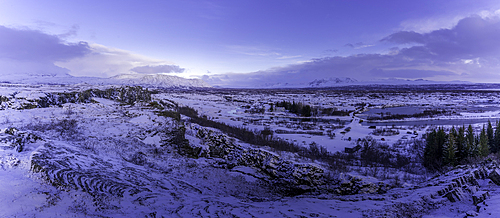
Continental drift between North American and Eurasian tectonic plates, Thingvellir National Park in winter, UNESCO, Western Region, Iceland

Mexican aztec dress gods at Grand Palladium White Sand Resort and Spa in Riviera Maya, Yucatan Peninsula, Quintana Roo, Caribbean Coast, Mexico.
Aztec clothing was generally loose fitting and did not completely cover the body. When the Spanish arrived in Mexico, the people were surprised to see them in their full armour, with only their faces exposed.
Aztec clothes were generally made of cotton (which was imported) or ayate fiber, made from the Maguey Cactus (also called the Century Plant or American Aloe). Women would weave the fibers into clothing, a task girls were taught as young teenagers. Because of their vast trading network, the Aztecs were able to make use of a beautiful array of dyes, creating the brilliant
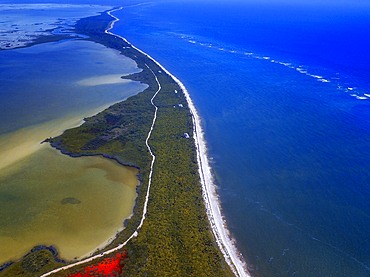
Aerial view of Punta Allen Sian Ka'an Reserve, Yucatan Peninsula, Mexico. Red lagoon near Boca Paila Bridge.
In the language of the Mayan peoples who once inhabited this region, Sian Ka'an means Origin of the Sky. Located on the east coast of the Yucatán peninsula, this biosphere reserve contains tropical forests, mangroves and marshes, as well as a large marine section intersected by a barrier reef. It provides a habitat for a remarkably rich flora and a fauna comprising more than 300 species of birds, as well as a large number of the region's characteristic terrestrial vertebrates, which cohabit in the diverse environment formed by its complex hydrological system.
Along its roughly 120 kilometres of coastline, the property covers over 400,000 hectares of land ranging from sea level to only ten m.a.s.l. The property boasts diverse tropical forests, palm savannah, one of the most pristine wetlands in the region, lagoons, extensive mangrove stands, as well as sandy beaches and dunes. The 120,000 hectares of marine area protect a valuable part of the Mesoamerican Barrier Reef and seagrass beds in the shallow bays. The lush green of the forests and the many shades of blue of the lagoons and the Caribbean Sea under a wide sky offer fascinating visual impressions.
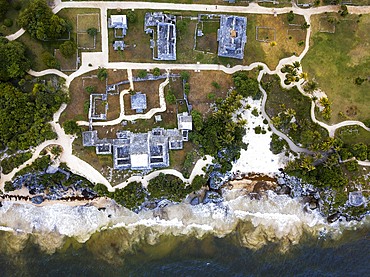
Aerial views of El Castillo and the Ruins of the Mayan temple grounds at Tulum, Quintana Roo, Yucatan, Mexico. Tulum is the site of a pre-Columbian Mayan walled city which served as a major port for Coba, in the Mexican state of Quintana Roo. The ruins are situated on 12 meter 39 ft tall cliffs along the east coast of the Yucatán Peninsula on the Caribbean Sea in the state of Quintana Roo, Mexico. Tulum was one of the last cities built and inhabited by the Maya; it was at its height between the 13th and 15th centuries and managed to survive about 70 years after the Spanish began occupying Mexico. Old World diseases brought by the Spanish settlers appear to have resulted in very high fatalities, disrupting the society, and eventually causing the city to be abandoned.
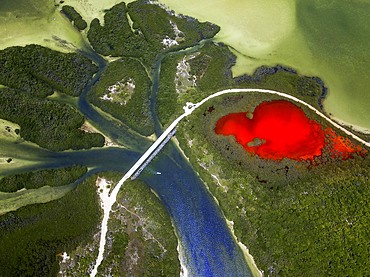
Aerial view of Punta Allen Sian Ka'an Reserve, Yucatan Peninsula, Mexico. Red lagoon near Boca Paila Bridge.
In the language of the Mayan peoples who once inhabited this region, Sian Ka'an means Origin of the Sky. Located on the east coast of the Yucatán peninsula, this biosphere reserve contains tropical forests, mangroves and marshes, as well as a large marine section intersected by a barrier reef. It provides a habitat for a remarkably rich flora and a fauna comprising more than 300 species of birds, as well as a large number of the region's characteristic terrestrial vertebrates, which cohabit in the diverse environment formed by its complex hydrological system.
Along its roughly 120 kilometres of coastline, the property covers over 400,000 hectares of land ranging from sea level to only ten m.a.s.l. The property boasts diverse tropical forests, palm savannah, one of the most pristine wetlands in the region, lagoons, extensive mangrove stands, as well as sandy beaches and dunes. The 120,000 hectares of marine area protect a valuable part of the Mesoamerican Barrier Reef and seagrass beds in the shallow bays. The lush green of the forests and the many shades of blue of the lagoons and the Caribbean Sea under a wide sky offer fascinating visual impressions.

Aerial view of Punta Allen Sian Ka'an Reserve, Yucatan Peninsula, Mexico. Red lagoon near Boca Paila Bridge.
In the language of the Mayan peoples who once inhabited this region, Sian Ka'an means Origin of the Sky. Located on the east coast of the Yucatán peninsula, this biosphere reserve contains tropical forests, mangroves and marshes, as well as a large marine section intersected by a barrier reef. It provides a habitat for a remarkably rich flora and a fauna comprising more than 300 species of birds, as well as a large number of the region's characteristic terrestrial vertebrates, which cohabit in the diverse environment formed by its complex hydrological system.
Along its roughly 120 kilometres of coastline, the property covers over 400,000 hectares of land ranging from sea level to only ten m.a.s.l. The property boasts diverse tropical forests, palm savannah, one of the most pristine wetlands in the region, lagoons, extensive mangrove stands, as well as sandy beaches and dunes. The 120,000 hectares of marine area protect a valuable part of the Mesoamerican Barrier Reef and seagrass beds in the shallow bays. The lush green of the forests and the many shades of blue of the lagoons and the Caribbean Sea under a wide sky offer fascinating visual impressions.
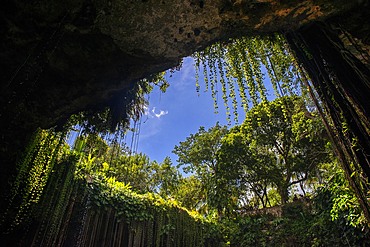
Cenote Ik Kil in Yucatan, Mexico, a natural pit, or sinkhole near Chichen Itza. Yucatan Peninsula, Quintana Roo, Mexico. Ik Kil was sacred to the Mayans who used this cenote for both relaxation and ritual services centuries ago.
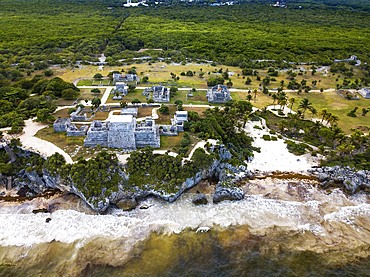
Aerial views of El Castillo and the Ruins of the Mayan temple grounds at Tulum, Quintana Roo, Yucatan, Mexico. Tulum is the site of a pre-Columbian Mayan walled city which served as a major port for Coba, in the Mexican state of Quintana Roo. The ruins are situated on 12 meter 39 ft tall cliffs along the east coast of the Yucatán Peninsula on the Caribbean Sea in the state of Quintana Roo, Mexico. Tulum was one of the last cities built and inhabited by the Maya; it was at its height between the 13th and 15th centuries and managed to survive about 70 years after the Spanish began occupying Mexico. Old World diseases brought by the Spanish settlers appear to have resulted in very high fatalities, disrupting the society, and eventually causing the city to be abandoned.


